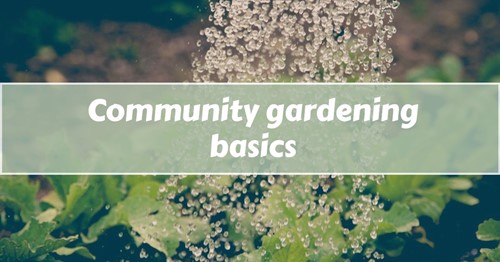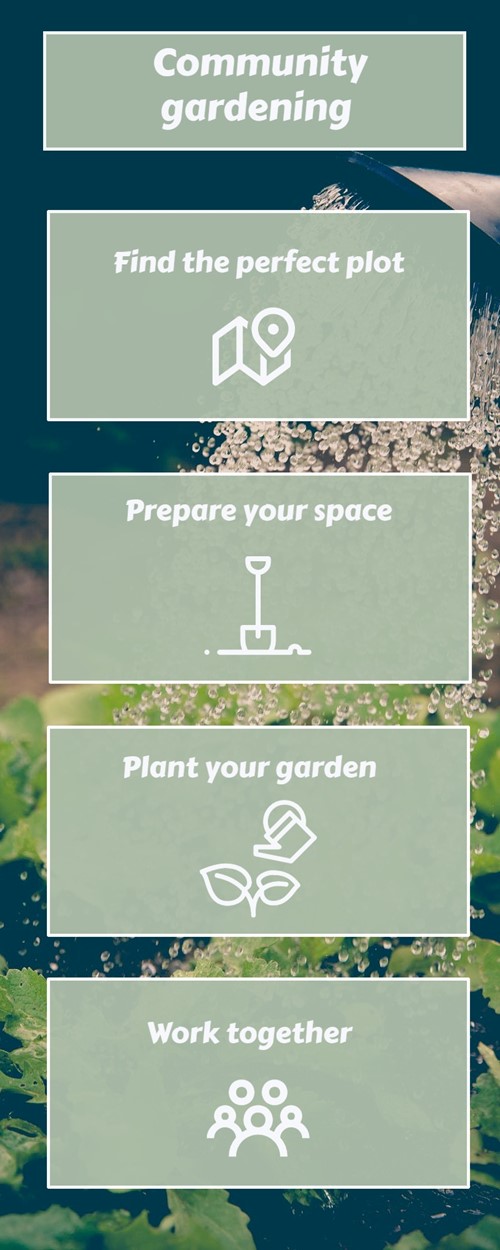
Community gardening offers a slew of benefits such as creating green space, growing fresh food and maintaining native species, to name a few. They also bring communities together and help build strong relationships with your neighbors, all while helping to keep your neighborhood looking fantastic.
But how do you get started beautifying the neighborhood with a community garden? What steps should you take to help get others involved? What exactly can you grow in one?
Here are a few key answers to help you and your neighbors get started beautifying your neighborhood with a community garden:
You may have the perfect idea for where to start, but for those who don’t, try starting on an abandoned plot of land or area that you and your neighbors have been given permission to garden on. Use plots with enough land for your plants to grow and where multiple people can work together.
You’ll also want to ensure you have permission from the owners if the land is private property, or the city if it’s public property.
After you’ve selected your vacant lot, it’s time to clean the area. Make sure to clean up any trash, debris or organic plant matter from the property. Once cleaned, create the planters you’re going to use. You can grow plants in just about any planter, from concrete to wood to recycled materials.
Once you’ve designed your area and created your planters, it’s time to replenish the soil. Try to avoid clay soil if at all possible. In fact, using soil provided by a local hardware or gardening store should provide you with the correct amount of nutrients for starting your plants. Just be sure to get assistance if you don’t know which one to start with.
Now you have your cleaned area, planters and soil. Time to plant. If possible, choose a few plants native to your area. You can also start growing food to donate as a community or use in your own recipes. Regardless of what plants you select, make sure they’re hardy plants with a good resistance to the elements.
Use seed balls in harsher areas with more threats to ensure more of your plants survive. This method helps protect your seeds while providing the young plants that do sprout nutrients to grow and thrive.
As your garden grows and food crops and native plants start to show, you and your neighbors will be able to set schedules to prune, water and design your garden as you need to. For areas that could use a few extra pieces, plant seeds in areas you know have no roots growing beneath the surface.
When your garden gets going, all empty spots and design areas taken care of, you’ll be able to maintain it together, building a great community and beautiful gardens that will amplify your neighborhood’s green space.

Community gardens and urban farming are great ways to increase your community’s interaction with each other, grow plants - including food - that will help maintain your ecosystem and create an incredible aesthetic you can all enjoy.

As a RE/MAX® agent, I’m dedicated to helping my clients find the home of their dreams. Whether you are buying or selling a home or just curious about the local market, I would love to offer my support and services. I know the local community — both as an agent and a neighbor — and can help guide you through the nuances of our local market. With access to top listings, a worldwide network, exceptional marketing strategies and cutting-edge technology, I work hard to make your real estate experience memorable and enjoyable.
I look forward to the opportunity to work with you. Please don’t hesitate to contact me today!